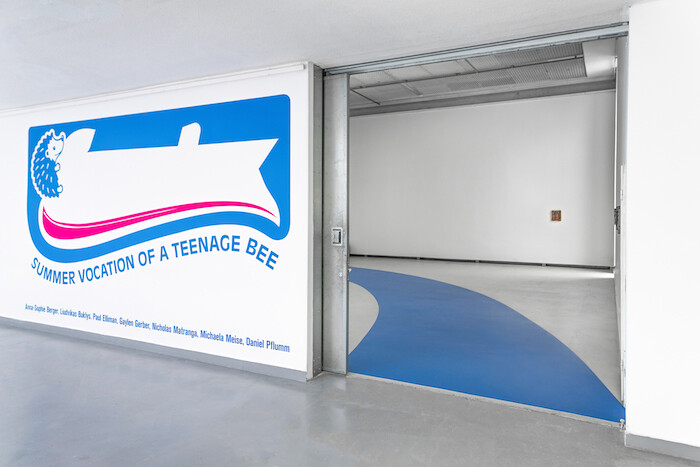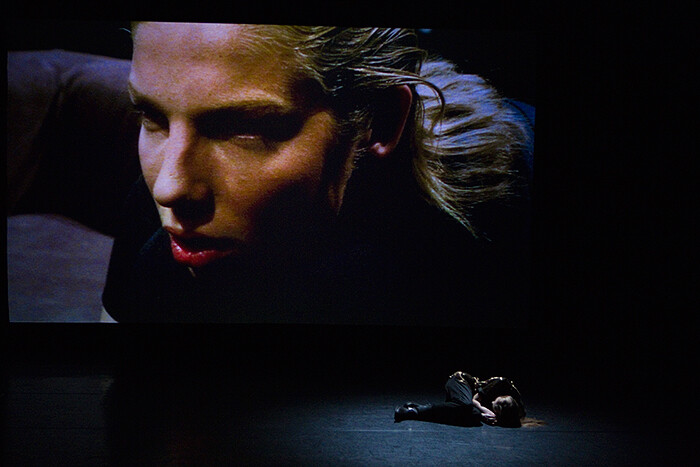Categories
Subjects
Authors
Artists
Venues
Locations
Calendar
Filter
Done
March 22, 2018 – Review
“The Summer Vocation of a Teenage Bee”
Neringa Černiauskaitė

The lifespan of a bee, with its strict trajectory and tireless labor, is a common metaphor to describe hard work. It’s a figure of speech that functioned well in the industrial economy, where the individual was diminished to a cog in an endless assembly line, working in and for a factory. But in a postindustrial economy driven by derivatives rather than physical assets, where self-employed individuals are their own harshest bosses and identity is part of self-branding, the principle of thinking outside the box or diverting from a predetermined solutions is enthusiastically encouraged by employers and the “creative class” in general. “The Summer Vocation of a Teenage Bee,” a group exhibition curated by Audrius Pocius and Nicholas Matranga, explores ways to diverge from the economy-driven existence, proposing that art might be one of them, since it is a sort of excessive gesture, wasteful, devoid of intention to directly contribute to the biological survival of the species.
The exhibition struggles to grasp the slippery status of art today, lingering between autonomy and subsumption in the market, by focusing both on how artists operate within the realm of abstracted signs and how they attempt to break existing codes by displacing objects or symbols …
September 6, 2012 – Review
11th Baltic Triennial, “The Mindaugas Triennial”
Vivian Sky Rehberg

In a striking departure from the previous versions of the Baltic Triennial, curators Defne Ayas and Benjamin Cook, joined in their efforts by artists Ieva Misevičiūtė and Michael Portnoy, compressed this episodic large-scale exhibition into twelve days spanning the symbolic end of summer and onset of fall. Concentrating solely on film and performance, the entire program was “channeled” through a single human being, its namesake, Mindaugas. For the duration of the triennial, Lithuanian actor Darius Gumauskas was invited to “become” Mindaugas: he thus adopted the moniker, lent his image to the widespread exhibition publicity, and his versatile body, mind, and voice to the occasion. This Mindaugas, the name of the only King of Lithuania (ca. 1203–1263) and presently the most common male name in the country, served as the vehicle for two key themes underlying the show. The first is that a multitude of thoughts and ideas can be inhabited by and expressed through the vehicle of an individual subject. (The etymology of Mindaugas, according to the exhibition brochure, means the one with much wisdom, or many ideas, or much fame.) The second is that this individual subject could be somewhat representative of a specific geo-political and historical context known …